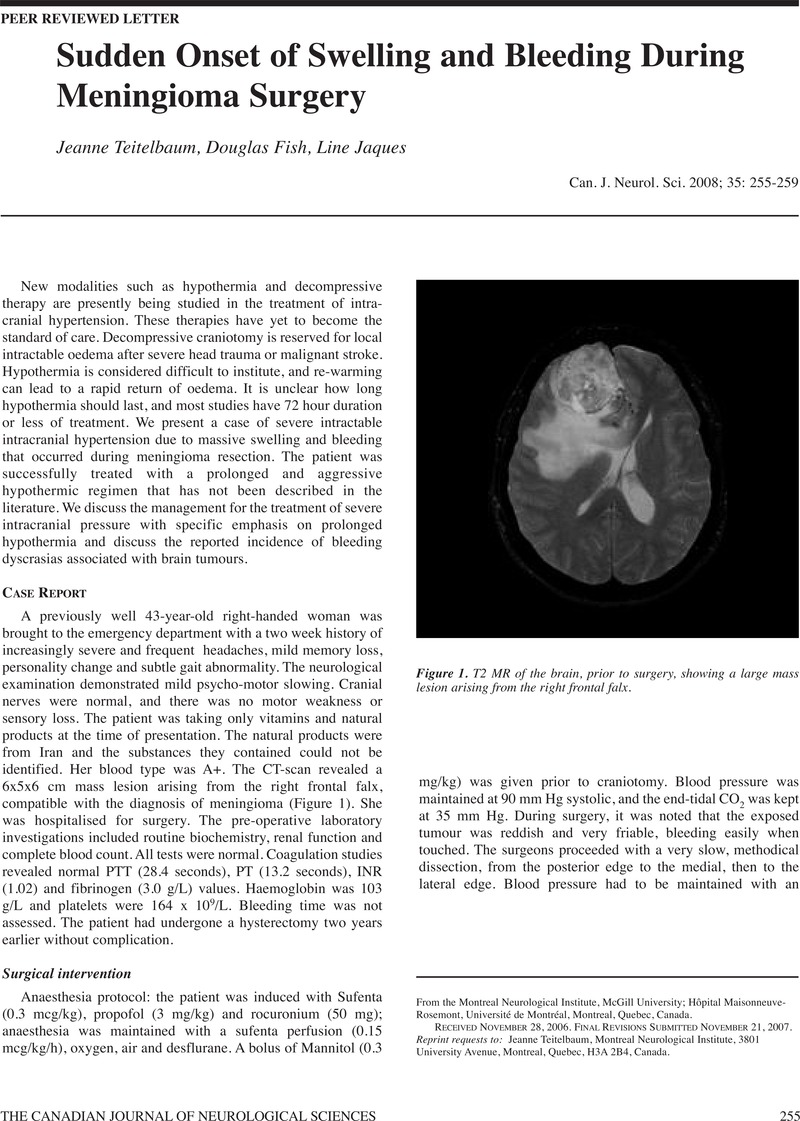Crossref Citations
This article has been cited by the following publications. This list is generated based on data provided by Crossref.
Ismail, Mustafa
Al-Shalchy, Ali
Al-Khazaali, Younus M.
Lahmar, Abdelilah
Goldman, Liam V.
Algabri, Mostafa H.
Kumar, Danisha
Palmisciano, Paolo
and
Hoz, Samer S.
2024.
Perioperative blood transfusion management in surgical resection of intracranial meningiomas: A meta-analysis.
Surgical Neurology International,
Vol. 15,
Issue. ,
p.
256.



